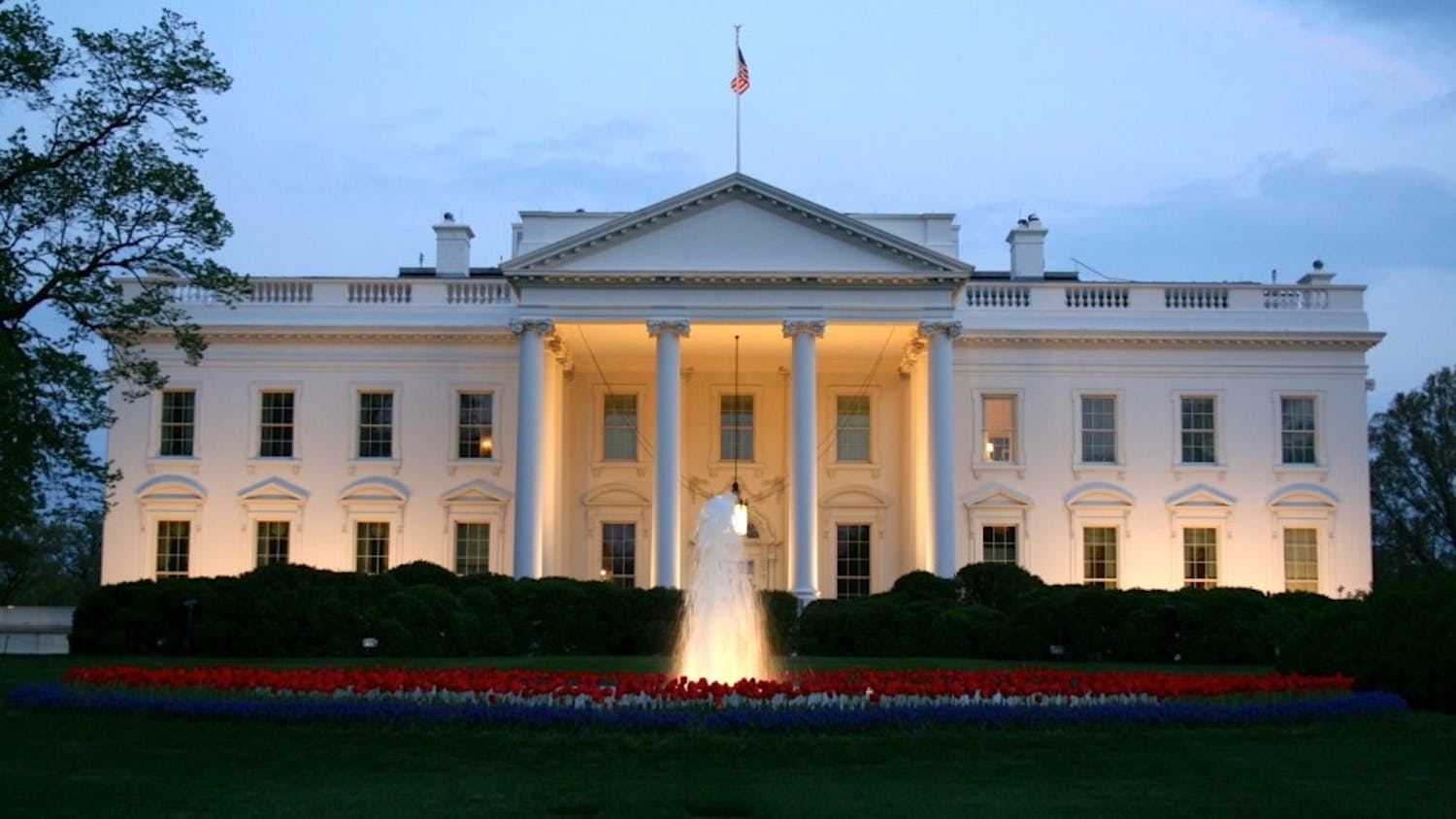In the face of attacks by President Donald Trump on the news media, administrators and students said they’ve seen a newfound excitement around journalism, both in student media organizations and in the School of Communication.
The School of Communication’s class of 2022 is learning how to cover the news when there is an abundance of it. Ames Jewart, a freshman studying foreign language and communication, hopes to focus on broadcast journalism, something she might not have considered studying a few years ago.
“News is a bigger topic in the world today,” Jewart said. “It is exciting to see our studies at the forefront of people’s minds.”
The Washington Post reported in September that, since Trump’s election, universities across the country are seeing a noticeable increase in journalism applicants.
At AU, the results are mixed. Overall, the School of Communications has not seen a significant increase in the number of applicants, but there is some evidence that journalism is becoming a more popular focus area.
Amy Eisman, director of AU’s journalism department, said the number of journalism majors increased from 2014 to 2017 with a only a small drop in 2018.
Among graduate students, journalism is also becoming more popular. According to the School of Communication’s graduate office, the graduate journalism program saw noticeable growth from 2017 to 2018, especially in its investigative journalism track, which saw an increased from 42 applicants in 2017 to 62 in 2018.
While the Trump administration’s attack on news organizations may be driving some students into the journalism profession, both Eisman and School of Communication Dean Jeffrey Rutenbeck remarked that AU prides itself in a strong journalism program no matter who is in office.
“We already had a foothold in this field, teaching investigative journalism for more than a decade,” Eisman said. “In other words, we have been attracting students interested in investigative journalism long before the current political climate.”
Regardless of its cause, Rutenbeck said that the “quality and ambition of students is higher” than ever before. That excitement is also being felt by student media organizations. Chris Young, who serves as the adviser to AU’s recognized student media groups, said that even students not directly involved with the journalism program realize that they “can’t always trust people in power and they need to dig deeper on those issues.”
Many of the organizations he advises have seen large growth in their staff, especially among students without prior journalism experiences. That groundswell is changing the dynamics in many of the school’s newsrooms, including at The Eagle, AU’s student newspaper.
In 2015, The Eagle’s staff numbered around 30 students, almost exclusively journalism majors, according to a copy of the print edition from the fall 2015 semester. Now, the Eagle boasts a staff of about 75 students and received 45 new applications for the fall semester, said Haley Samsel, The Eagle’s editor-in-chief for 2018-2019.
Those students are increasingly coming from across many schools and disciplines, a fact that is not lost on Samsel.
“The amount of enthusiasm we've seen from students with non-communications majors is off the charts and really encouraging to see in this era where journalism is so important,” Samsel said.
Eisman’s plans for expanding the journalism program include introducing concentrations next spring that will allow journalism students new opportunities to focus their studies on different topics. Responding to increased interest in journalism poses an exciting challenge to AU, Eisman said.
“Any program that isn’t constantly evolving is not a good program,” Eisman said.





